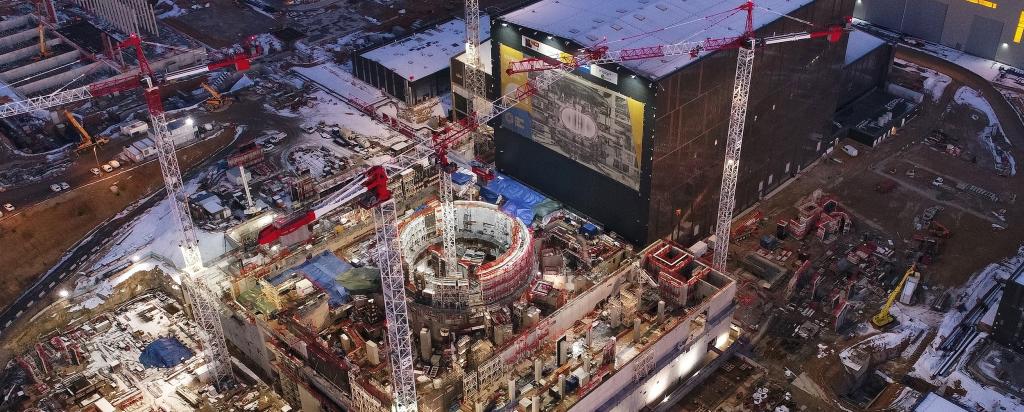
International fusion researchers, including ANSTO’s Dr Richard Garrett, have recently returned from ITER in France where they attended a meeting of the coordinating committee of the International Tokomak Physics Activity (ITPA).
“The world’s largest engineering project to develop fusion energy is now 60 per cent complete, and we could see evidence of the progress on our tour,” said Garrett.
“The innovation involved in this undertaking extends to all areas of a project that has the potential to deliver safe, non-carbon emitting and virtually limitless energy.”
It is the first time that an ANSTO representative has taken part in this gathering, which brings together an international network of fusion scientists and machines dedicated to solving the scientific questions mainly related to ITER.
The ITPA continues tokamak physics R&D activities that have been conducted on an international level for many years. This has resulted in the achievement of a broad physics basis that is essential for the ITER design and useful for all fusion programs and progress toward fusion energy generally.
Australia joined this body a little over a year ago following execution of an ANSTO-ITER cooperation agreement in 2016.
Australia will host a meeting of the ITPA’s Plasma Diagnostics Topical Group, at ANU in April. The sub-group aims to identify and resolve the key diagnostic issues that might arise both in plasma control and in the analysis of ITER plasmas and in the reactor grade (high fusion gain) plasmas that will follow ITER. Prof John Howard and Dr Clive Michael of ANU represent Australia on this group.
Garrett also been meeting with the team working on the ANU-ANSTO-ITER collaboration to install a diagnostic system designed in Australia on ITER.
The most recent progress on ITER was completion of the giant assembly tool that will put tokamak sections together.
